Criticised NAIF rings in changes after more soul searching
After copping criticism for years, the Federal Government is set to reveal more changes to the NAIF in the budget to get the money flowing faster towards Queensland’s infrastructure projects.
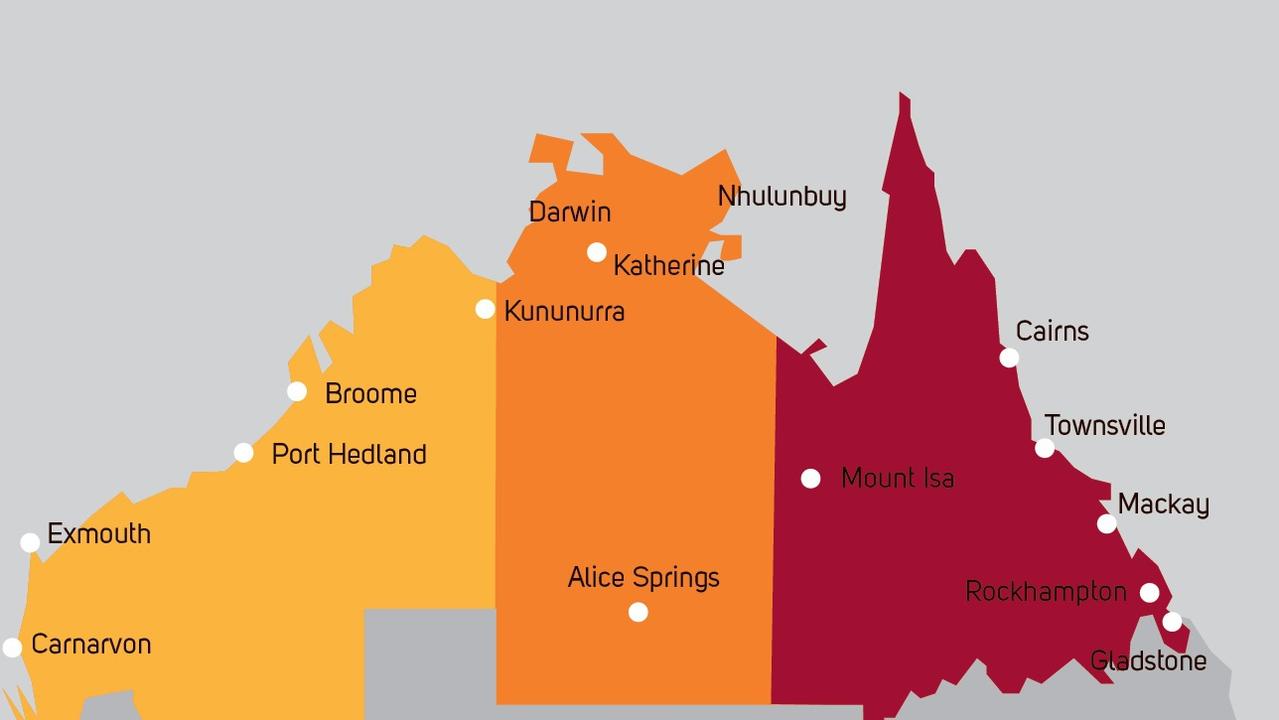
Rockhampton
Don't miss out on the headlines from Rockhampton. Followed categories will be added to My News.
ACKNOWLEDGING the $5 billion Northern Australia Infrastructure Facility's failure to deliver significant funding to the north in a timely manner, the Federal Government is again ringing in changes.
Perennial critic of the program over the past three years, Labor's Shadow Minister for Northern Australia Murray Watt said the government's announcement last week to overhaul the NAIF was "long overdue".
"This must be a turning point for what has become known as the No Actual Infrastructure Fund, after releasing only $169.2 million, or 3.4 per cent of its $5 billion budget, since it was announced over five years ago," he said.
"In five years, only $1.7 million has been released in Queensland.
"The government's refusal to listen to Labor and fix its floundering fund means that investment in Northern Australia is years behind where it should be."
Senator Watt said it was encouraging the government had finally accepted Labor's position that the NAIF needed major change.
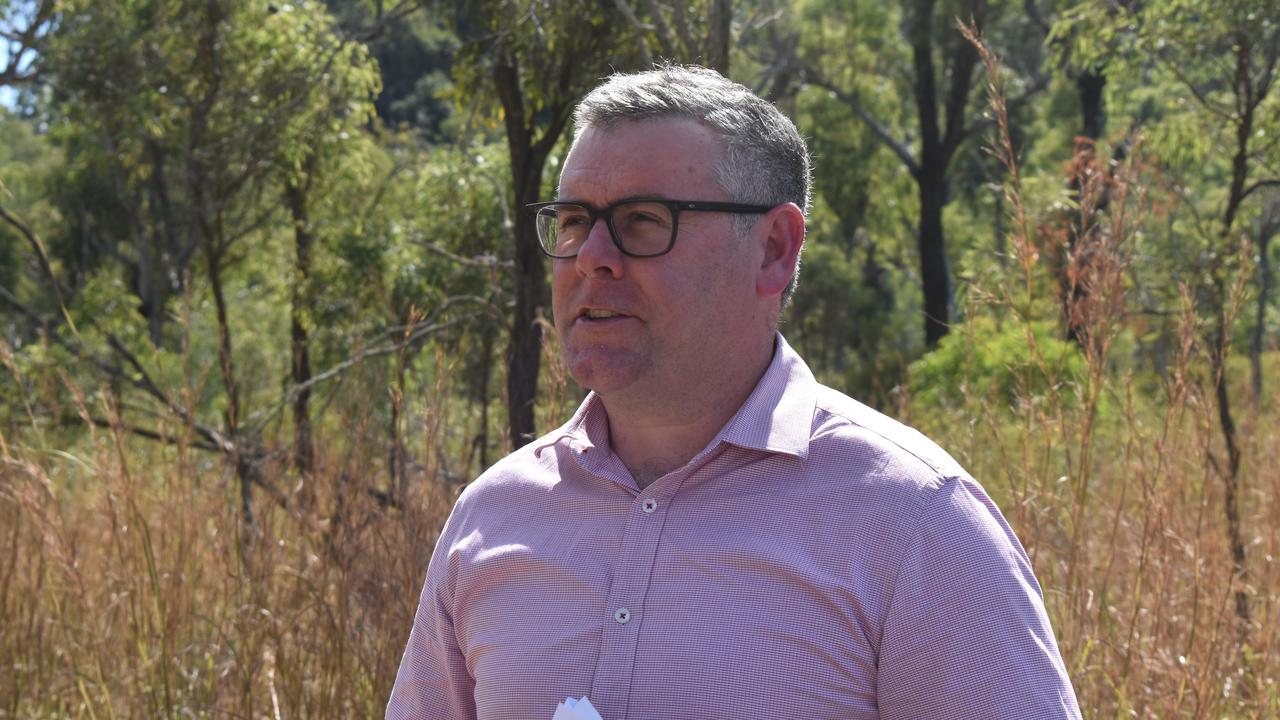
"Earlier this year the program had to be extended from its original five-year tenure, because at current spending rates it would take the NAIF 150 years to deliver what the Morrison Government has promised," he said.
"In the meantime, over $33 million has been spent on the NAIF's executive and staff salaries, office space, travel for board directors, advertising and other administrative costs.
"Just last week the Morrison Government's Final Budget Outcome revealed that last financial year they underspent on road and rail projects to the tune of $1.7 billion compared to what they promised at last year's Budget, bringing the Coalition's total infrastructure underspend over its six budgets in office to around $6.8 billion."
He said what Northern Australia needed now was more than just another empty announcement - it needed to see real follow through, with real changes.
"We will consider the changes carefully once more detail has been announced. Any changes should be aimed at facilitating real, job-producing projects, not just pave the way for more rorts from National Party controlled funds," he said.
"The NAIF has been a great disappointment to many Australians in the north and has not delivered what was promised.
"Money must get out the door immediately so that it can start turbocharging Northern Australia's recession recovery."
Minister for Northern Australia Keith Pitt said his government was indeed intent on turbocharging its investment program for northern Australia to make it easier for projects to receive funding and to generate economic development and jobs as the country emerges from the COVID-19 pandemic.

Mr Pitt said the 2020-21 Budget would include reforms to the NAIF which would provide more flexibility, increased risk appetite and widen the scope of projects eligible for funding.
This changes were on top of July's announcement of a five-year extension to NAIF operations until 30 June 2026.
"The reforms to NAIF will ensure the $5 billion facility will have more flexibility to bankroll investment in a wider range of projects across Northern Australia," Mr Pitt said.
"The Coalition Government is committed to creating jobs across northern Australia to help the region play a stronger role in Australia's economic recovery.
"We have listened to stakeholders in the north, and are making changes to the NAIF, more flexibility will help drive economic recovery and population growth."
He thanked everyone who participated in the consultation process, including those who provided a submission to his department.
"The Australian Government will soon introduce legislation to Parliament to give effect to these reforms," he said.
He said the changes would also ensure another statutory review of NAIF after June 2024.
Assistant Minister for Northern Australia Michelle Landry said these reforms came off the back of the NAIF statutory review that found while the NAIF was seen to be an important vehicle of investment in the north, more could be done.
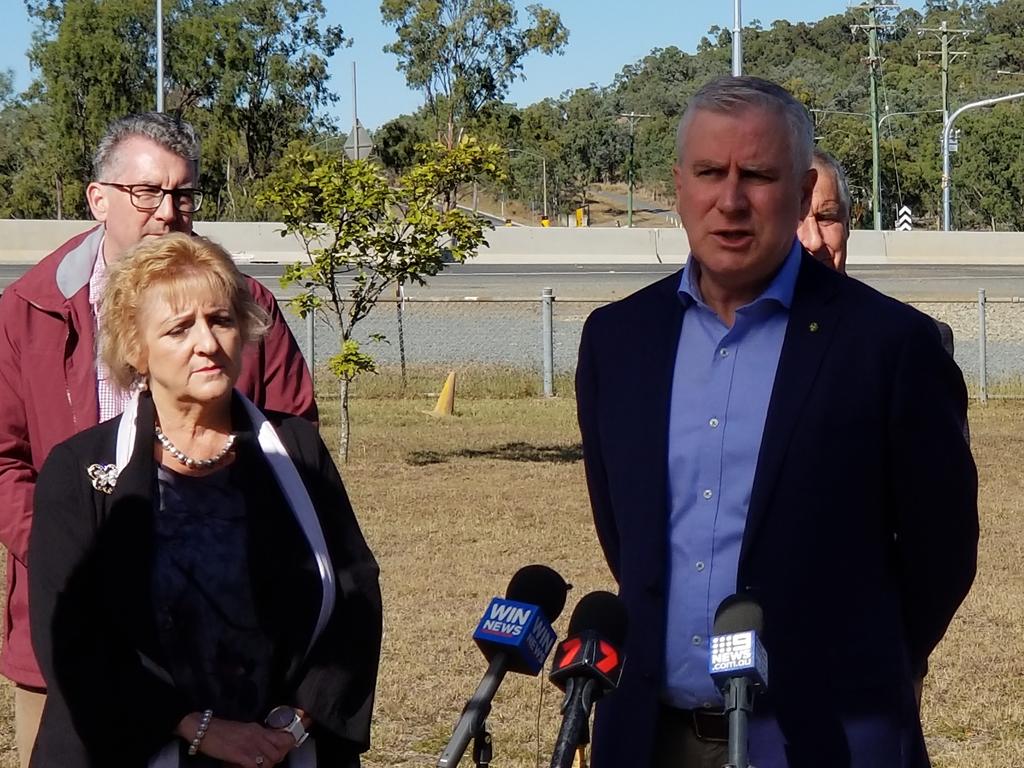
"We are determined to open up further opportunities to strengthen northern Australia's contribution to our economy by continuing to support infrastructure and development," Ms Landry said.
"NAIF has already invested $2.4 billion in sectors including health, education, resources, energy and agriculture, supporting $4.4 billion in total project value and more than 7,200 jobs."
The final report from the review would be tabled in Parliament soon.
There are a number of key changes being made to the NAIF:
Faster lending
• The NAIF will have the option to lend directly to project proponents in certain circumstances, which will simplify the lending process and reduce administrative burden. Currently, all NAIF loans are made through the relevant state or territory jurisdiction. While the state and territory governments remain important stakeholders for the NAIF, the ability to lend directly empowers the NAIF to move projects to contractual close faster, so projects can get on with creating jobs and developing the north.
• This change also permits the NAIF to establish on-lending partnerships with local financiers to improve access to NAIF finance for smaller project proponents. Those partners will have the expertise to work with smaller proponents to demonstrate their suitability for NAIF finance and will extend the NAIF's reach to those smaller projects that need added assistance in these economically challenging times.
Expanding eligibility
• The NAIF was previously restricted to funding physical construction works only. The reforms will make NAIF finance available to additional elements of infrastructure construction, such as equipment purchases or leasing, training, and the expansion of existing business operations. The reforms will ensure NAIF can take a holistic approach to supporting economic growth and jobs.
• The definition of public benefit applied when assessing projects will be expanded to include consideration of factors such as jobs, regional income, and opportunities for local suppliers, Indigenous businesses and communities. This will simplify the application of public benefit tests to projects applying for NAIF finance.
• The definition of northern Australia will be extended to include the Shire of Ngaanyatjarraku in Western Australia. The Shire's borders sit further north than those of some other local government areas already included in the definition, making the expansion a logical amendment.
Increased risk appetite
• The NAIF was established to fill a market gap and address the specific risk characteristics of northern Australia. Given the scale of the economic challenge we face, it is only practical to provide the NAIF the flexibility to support riskier projects with the potential to deliver significant public benefit. The changes include removing the prohibition against the Commonwealth assuming the majority of risk in any project.
Strengthening governance
• A number of changes will also be made to strengthen the governance of the NAIF as it evolves with these reforms. These will include the appointment of a government representative to the NAIF Board; ensuring the board includes members with experience in Indigenous development; and allowing the Minister to take earlier decisions not to reject a
NAIF to support CQU through COVID-19 student downturn
The Federal Government's NAIF was set to play a vital role in supporting CQUniversity Australia through the economic downturn caused by the COVID-19 pandemic.
Ministe Pitt said a NAIF loan of up to $76 million would secure the planned capital works and upgrades to digital infrastructure over the next two years at Australia's largest regional university.
"This is a great example of how crucial the NAIF will be to Northern Australia as we emerge from the coronavirus pandemic," Mr Pitt said.
"This funding decision will support over 400 direct and indirect jobs, save another 200 jobs in regional areas, and future-proof remote learning.
"NAIF support for the capital and infrastructure programs at CQUniversity will ensure this crucial institution will be able to continue to deliver quality higher education courses to students around the country, particularly in remote centres across northern Australia."
Minister Pitt said without support, the capital works and digital upgrades at CQU were at risk. "But with NAIF's investment, the University can now plan for the next two years and be ready to welcome back more international students as we recover from the COVID-19 pandemic," he said.
CQU Vice-Chancellor and President Professor Nick Klomp said the NAIF loan would allow the university to deliver on activities planned prior to the impacts of COVID-19.
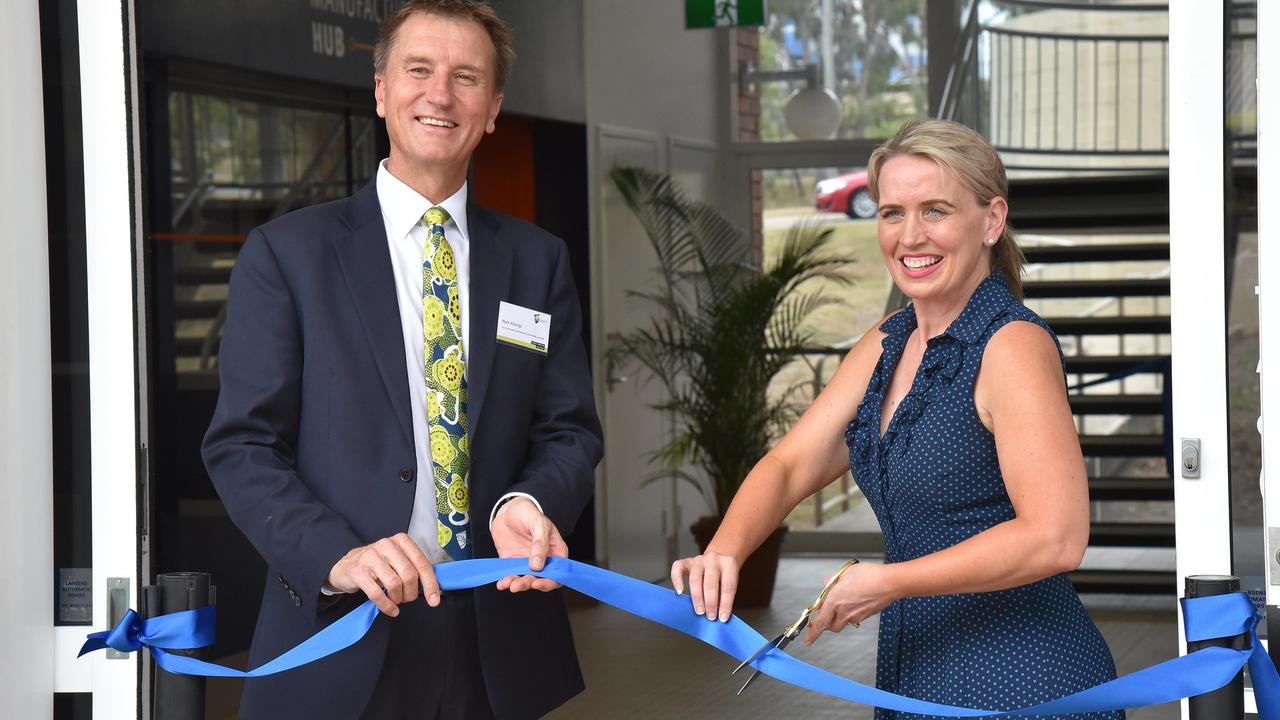
"CQUniversity plays a very important role within the communities we serve," Professor Klomp said.
"It is vital, that CQUniversity is able to deliver on critical infrastructure projects in order to support our regions in the post-COVID economic recovery process. This loan will allow us to do that.
"Investing in capital projects creates jobs and opportunities and helps to ensure we can continue to deliver exceptional services, training and education to our students."
Minister for Education Dan Tehan said the NAIF loan would ensure CQUniversity could continue to support future skills needed in regional Queensland.
"The CQUniversity upgrades will deliver world-class facilities and technology in the regions, support the education of the workforces of tomorrow, and drive future economic growth as we recover from COVID-19," Mr Tehan said.
"Our Government is building the capacity of universities in regional and rural areas to strengthen investment in their local economies, and ensure more regional, rural and Indigenous students have the opportunity to access our world-class higher education system.
"The Federal Government is providing $225.2 million in funding to CQU in 2020, this is an increase of $45.1 million since 2013. Our Government has also committed $30 million to CQU between 2020 and 2023 towards the construction of the CQU School of Mining and Manufacturing."
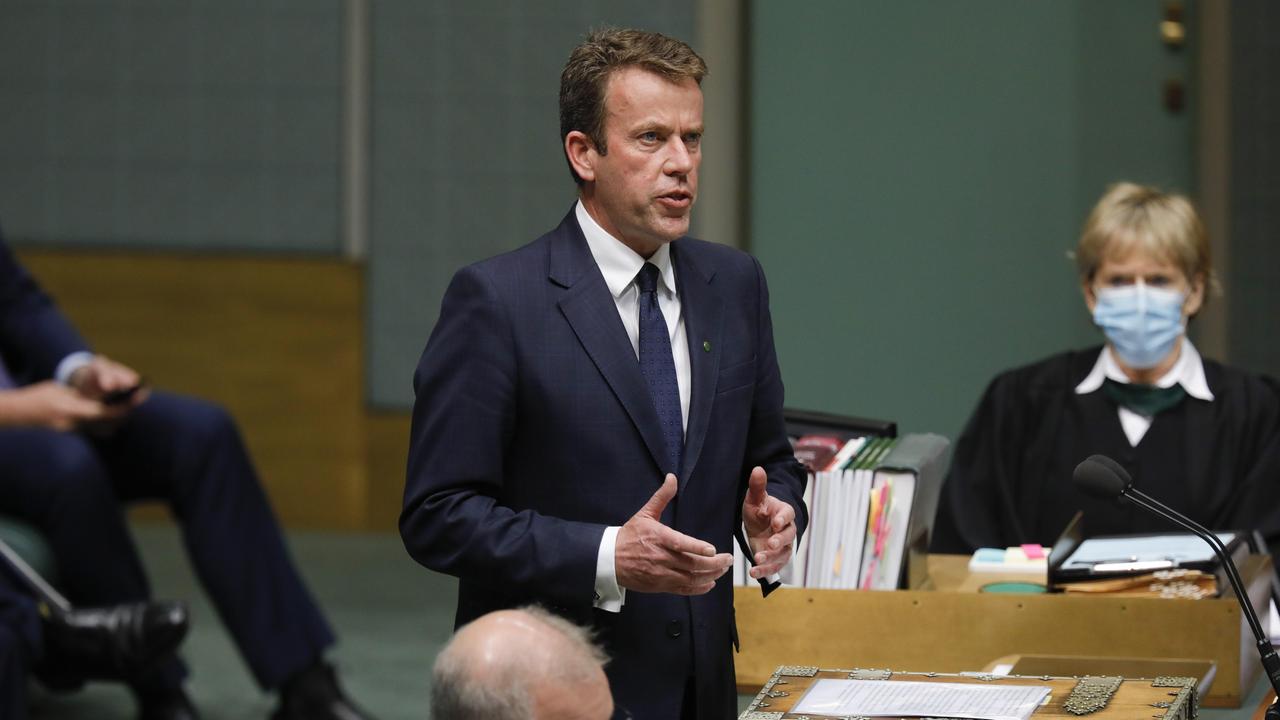
Ms Landry visited the CQU campus in Cairns recently, saying the university was a unique institution, with facilities spread out around the country, including Bundaberg, Townsville, Gladstone, Mackay, Emerald and Rockhampton.
"The NAIF loans will ensure the digital infrastructure can continue to support CQU's 3,000 staff and deliver quality education and training to around 36,000 students, many of who are based in rural and remote areas of central Queensland," Ms Landry said.
"The NAIF support is also crucial to the CQU's post COVID recovery plans and will help develop the university's remote-learning capabilities, which will be even more important as the world recovers from the pandemic."
North Queensland-based Senator, Susan McDonald, said she had recently been shown CQU's work on regional development.

"Developing the regions is a major priority for the Federal Government, so it makes sense that we partner with CQU to ensure they can continue researching and advising on the transport, business and agricultural infrastructure needed to create jobs and boost prosperity outside our major cities," Senator McDonald said.






